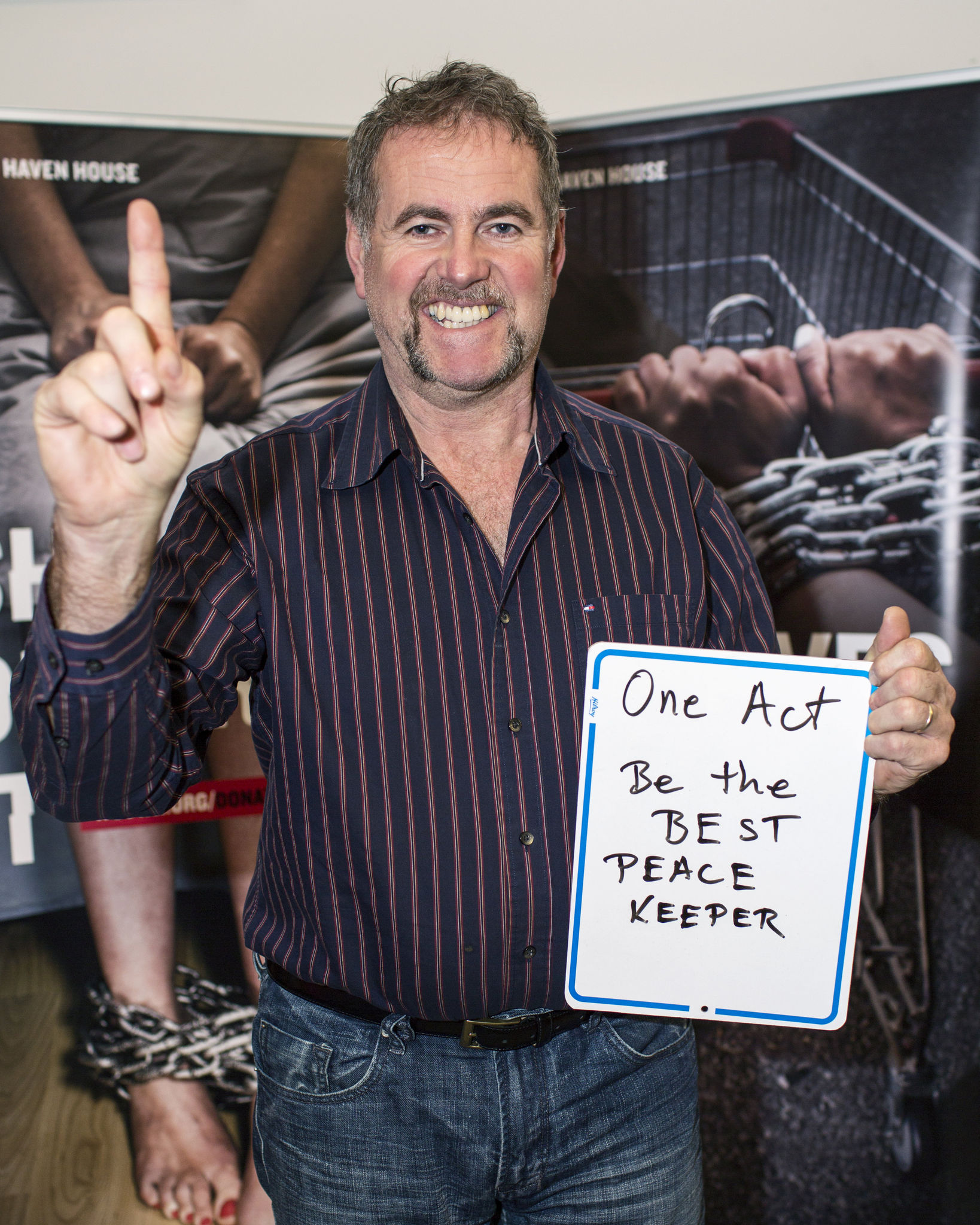 Play therapy encompasses many modalities: art, puppets and role-playing real life
Play therapy encompasses many modalities: art, puppets and role-playing real life safety scenarios, dollhouse or knights & castles, board games to practice social skills and frustration tolerance, and sandtray as a non-verbal, non-directive means to process trauma and transitions.
safety scenarios, dollhouse or knights & castles, board games to practice social skills and frustration tolerance, and sandtray as a non-verbal, non-directive means to process trauma and transitions.
The sandtray also presents a ˜landscape’ where children can conceive of alternative engagement, responses (to conflict or upset), and safety measures, all within a space that is literally, as well as metaphorically, contained and safe. According to C.G Jung, Often the hands will solve a mystery that the intellect has struggled with in vain. From infancy onward, children engage in play to make sense of their world and its rules. These rules may be: What’s tasty? What’s socially appropriate? What is abuse? Play therapy allows children to physically and emotionally process what is troubling them, with the help of a guiding therapist.
Sandtray therapy is typically used with children from age 3 to 11. Current research is recognizing that domestic violence during infancy and the preschool years is even more profound than previously understood.
Precisely because infants are non-verbal and young children and have limited capacity to handle strong emotions, the role for sandtray therapy to help heal the hidden wounds of domestic violence grows.


